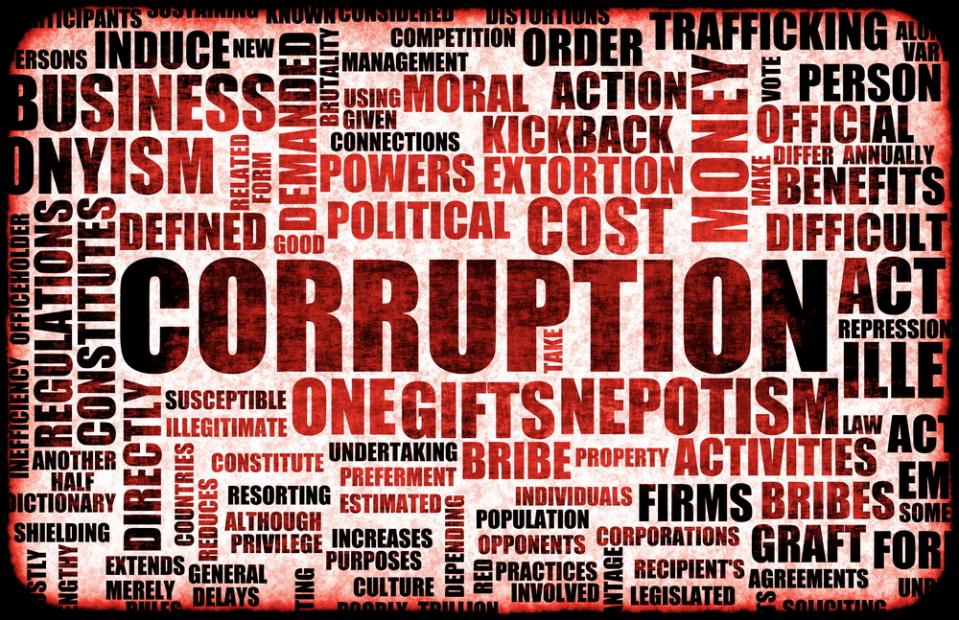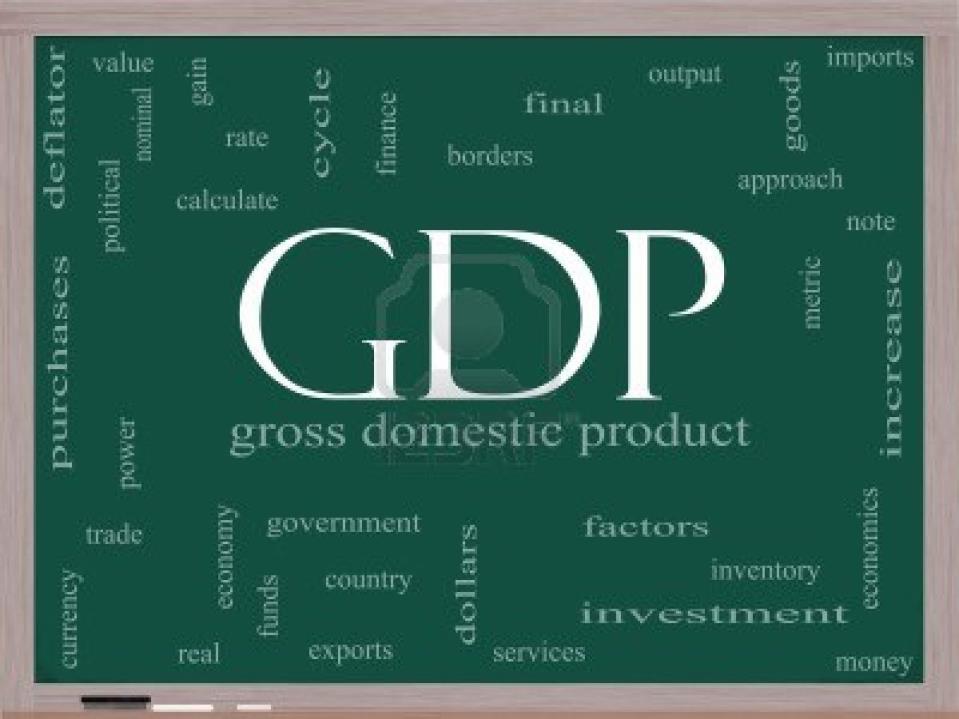Malta has lost as much as 11.67 per cent of its gross domestic product, or as much as a staggering €975 million, to corruption every year between 1995 and 2014, a report commissioned by the European Parliament has revealed.
The report published this month, “The Cost of Non-Europe in the area of Organised Crime and Corruption”, was commissioned by the European Parliament to RAND, one of the world’s leading research and analysis firms, and found that the EU as a whole could be losing between €179 billion and €990 billion in gross domestic product terms per year.
The figure differs depending on which corruption index is used. The report takes a look at three different ways of measuring corruption: the International Country Risk Guide (ICRG), the Corruption Perception Index (CPI) and the Control of Corruption index (COC). Levels of corruption, risk of corruption and perceived corruption were measured in all 28 EU countries for the years between 1995 and 2014.

Given the timeframes involved in the study, it should be noted that this particular report largely measures the hefty cost of the previous administrations’ scandals, having only considered one year of the current administration.
Across the study’s 19-year timeframe, the Mediterranean states of Malta, Italy, Cyprus and Greece are grouped with the former eastern bloc countries of Bulgaria, Croatia, Czech Republic, Estonia, Hungary, Lithuania, Poland, Romania, Slovakia and Slovenia as consistently showing above EU28 average levels of corruption.
While critics may argue that risk and perception of corruption do not amount to actual corruption, many economists believe that a high perception of corruption may influence the way people spend and save their money, which still ultimately has a detrimental effect on economic growth.

The report calculates each EU member state’s foregone economic growth as a result of corruption by using the total EU GDP (€14.3 trillion) to calculate “the share of the cost of corruption for each country”. After figuring out the contribution each member state accounts for in terms of GDP and calculating the actual cost of corruption itself based on the various criteria of each corruption index and econometric modelling, the analysts can ascertain the foregone GDP in monetary terms of corruption under a number of scenarios.
This newsroom took a look at the COC index, which was developed by the World Bank, and which “captures the perceptions of the extent to which elites and private interests exercise public power for private gain, including both petty and grand forms of corruption, as well as ‘capture’ of the state”. This seems more relevant in the light of recent scandals which Malta has been plagued with, helping to place into context what the medium- and long-term effects might have on the islands.
The COC index found that Malta could be losing a whopping €974,728,950 annually when compared to the countries which have the least corruption in the EU. The countries with the least corruption are, unsurprisingly, Denmark, Sweden and Finland, while the countries with the most corruption are Romania, Bulgaria and Croatia.
When measuring the cost of corruption against the top performers under the ICRG index, the figure is slightly lower but still extremely significant when compared with Malta’s limited size and resources.
This index “is an assessment of corruption within the political system”. It measures “financial corruption in the form of demands for special payments”. It also considers bribes but states that “major weight is given to actual or potential corruption in the form of excessive patronage, nepotism, job reservations, favours-for-favours, secret party funding and suspiciously close ties between politics and business.”

Here, RAND calculates that Malta is potentially losing 8.56 per cent of its GDP annually, or €714,957,482.
Whichever index is used to measure corruption, the report reveals “a similar pattern where almost the same set of countries show above EU-28 levels of corruption over time. These countries include Bulgaria, Croatia, Cyprus, the Czech Republic, Estonia, Greece, Hungary, Italy, Lithuania, Malta, Poland, Romania, Slovakia and Slovenia”.
The report found that the costs of corruption differs largely from country to country, with greater inequality, increased levels of organised crime, weaker rule of law and other political costs effected as a result of corruption.
Other corruption reports reported slightly smaller costs of corruption; however these had only considered the direct effects of corruption such as lost tax revenues and missed foreign investment opportunities because of corruption. This report, instead, looked at the indirect effects such as inequalities and the changing behaviour of people as a result of corruption.
Key findings were that a ‘Cooperation and Verification’-like mechanism “applied to more member states could reduce the costs of corruption in GDP terms by around €70 billion annually (or around eight per cent of the overall costs of corruption)”. The cooperation and verification mechanism is a set of safety measures applied to countries joining the EU who have failed to fulfil the necessary criteria.
It also recommended “the establishment of a European Public Prosecutor’s Office”, saying that such an office “could reduce the costs of corruption related to EU funds by around €200 million annually”.
It also found that, “The implementation of a full EU-wide e-procurement system could reduce the costs of corruption risk in public procurement by around €920 million each year.”
With regard to Malta specifically, the report found that the OECD anti-bribery convention has not been ratified and that the country has no “mandatory list of registered lobby groups, whether it is business, companies, NGOs, or think-tanks.”
The full report can be seen by visiting:
http://www.europarl.europa.eu/RegData/etudes/STUD/2016/579319/EPRS_STU(2016)579319_EN.pdf